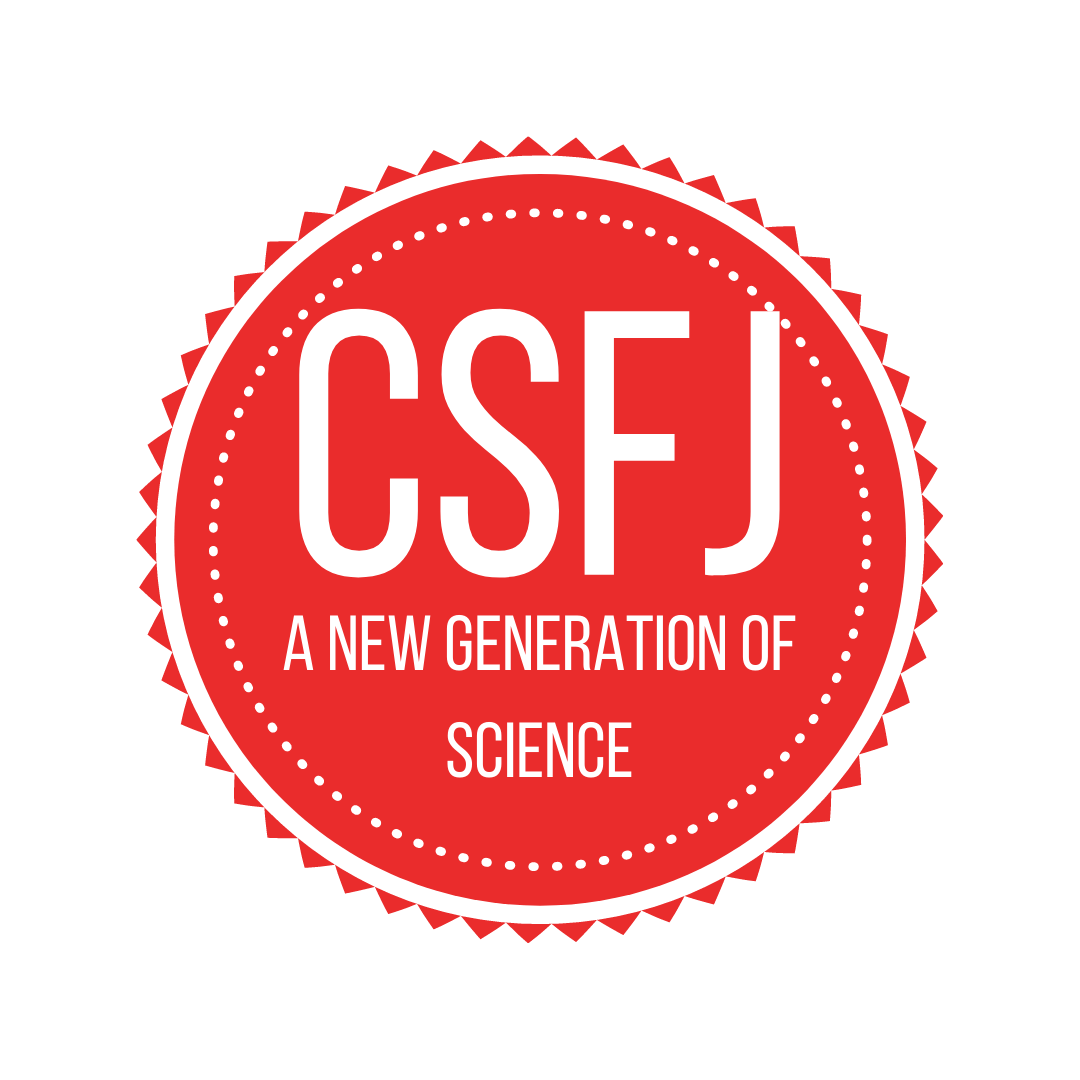by Timothy Cai
This project aims to make orbital technologies accessible at the miniature scale, specifically thrust-vector-control, through an iterative engineering process simplifying and miniaturizing technologies from launch vehicles such as the Space Shuttle and Falcon 9. Results show that scalable thrust vectoring is possible at a small scale, giving adaptability and control applicable to both small and large test vehicles. With accessible orbital flight, countless experiments can be completed concurrently, allowing for faster amateur rocket development and opening another path to space.







